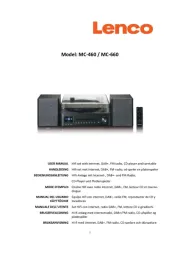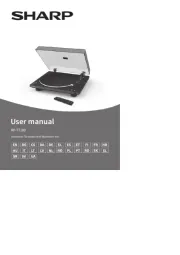Sumiko Rainier Manual
Sumiko
Pladespiller
Rainier
| Mærke: | Sumiko |
| Kategori: | Pladespiller |
| Model: | Rainier |
Har du brug for hjælp?
Hvis du har brug for hjælp til Sumiko Rainier stil et spørgsmål nedenfor, og andre brugere vil svare dig
Pladespiller Sumiko Manualer

21 Februar 2025

21 Februar 2025

10 Juni 2024

10 Juni 2024

10 Juni 2024

10 Juni 2024
Pladespiller Manualer
- Roland
- JBL
- AlphaTheta
- Omnitronic
- Brigmton
- Pioneer
- Glorious
- Prixton
- Revox
- Vevor
- Pyle
- Roco
- Lenoxx
- Reflecta
- Stanton
Nyeste Pladespiller Manualer

27 November 2025

26 November 2025

24 November 2025

24 November 2025

24 November 2025

23 November 2025

16 November 2025

11 November 2025

10 November 2025

9 November 2025
